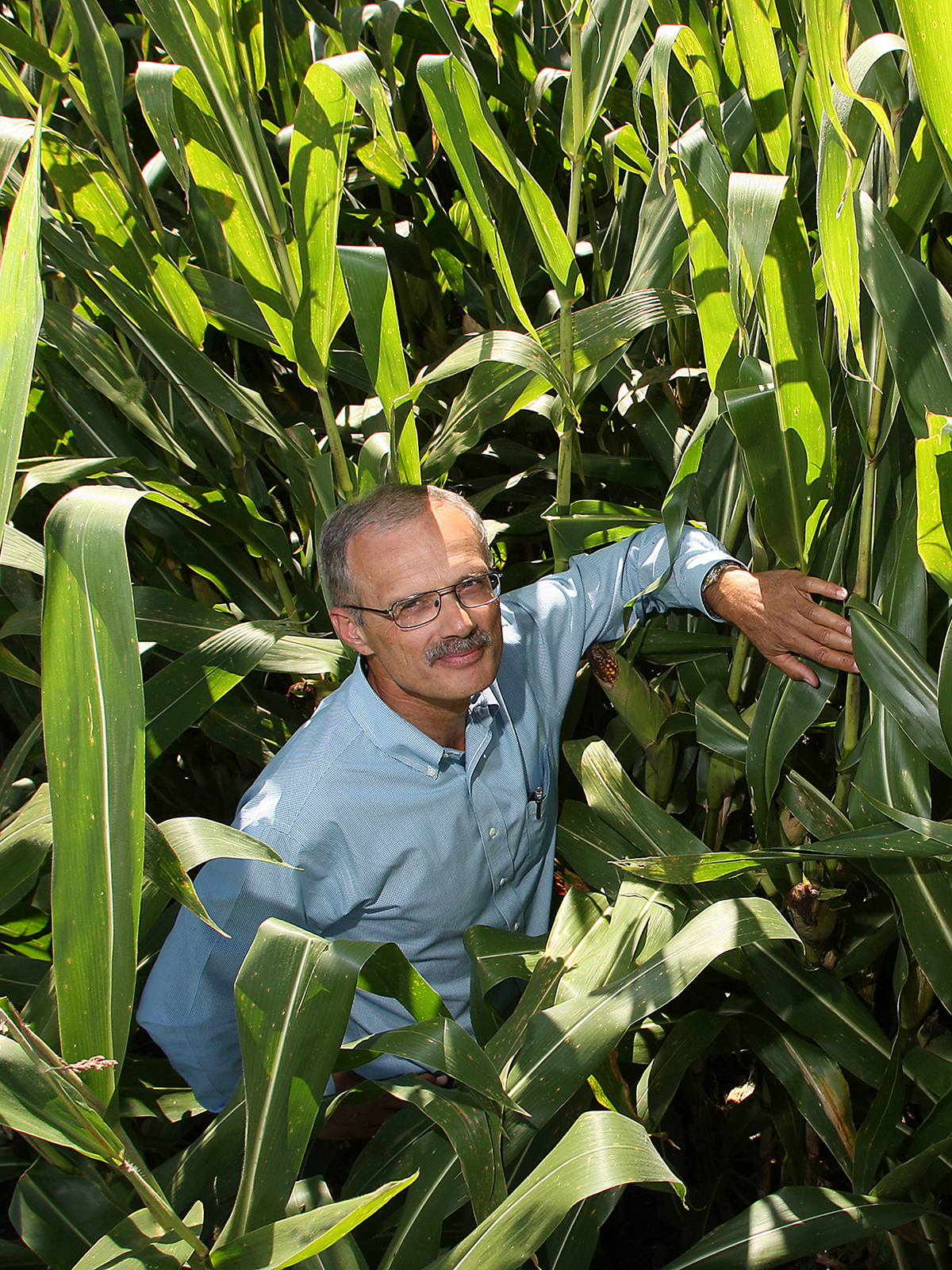Result for: Crops: Corn for grain 4R Practices: Place
Supplemental Late-vegetative N Applications for High-yield Corn: Agronomic, Economic, and Environmental Implications with Modern versus Older Hybrids

Dr. Tony Vyn
Lead Researcher:
Dr. Tony Vyn
Department of Agronomy, Henry A. Wallace Chair in Crop Sciences
Purdue University
Start Date: 2014
End Date: 2017
Matching Funds
- USDA-National Institute for Food and Agriculture
- Corteva Agriscience – Pioneer Hi-Bred
Project Summary
Modern corn hybrids have a “functional stay green” capacity whereby their leaves not only stay green longer during the grain filling period, but also maintain their photosynthetic capacity until much later in the grain filling period. Modern hybrids also yield more than hybrids of earlier decades because of their improved stress tolerance to plant density and other stress factors (whether pest-related factors or abiotic challenges). Therefore, one of the major corn management questions of our time is whether corn hybrids take up more of their total plant N during the reproductive period and, if they do, whether modern hybrids are more responsive to intentionally very late vegetative stage N fertilizer applications. We know that part of the positive response of modern corn hybrids to higher N rates is that total plant and grain uptake of other nutrients like P and Zn also increase.
Perhaps one of the more difficult negative environmental consequences to monitor with corn production systems is that of management consequences on greenhouse gas emissions. The cropping systems group at Purdue University has also done extensive work on monitoring greenhouse gases in corn production systems over the last 10 years, as the largest single pathway to reduce N2O losses to the atmosphere is to increase the N uptake by corn plants itself. This can be addressed by focusing on enhancing crop yield and total plant N uptake while minimizing N2O emissions.
Annual Reports
2015
Publications
- Mueller, S.M, and T.J. Vyn. 2016. Maize plant resilience to N stress and post-silking N capacity changes over time: A review. Frontiers Plant Sci. 7:1-14. Read More
- Omonode, R. A., & Vyn, T. J. (2019). Tillage and Nitrogen Source Impacts on Relationships between Nitrous Oxide Emission and Nitrogen Recovery Efficiency in Corn. Journal of Environmental Quality, 48(2), 421–429. Read More
-
Omonode RA, Halvorson AD, Gagnon B and Vyn TJ (2017) Achieving Lower Nitrogen Balance and Higher Nitrogen Recovery Efficiency Reduces Nitrous Oxide Emissions in North America’s Maize Cropping Systems. Front. Plant Sci. 8:1080.
- van Hoose, N. 2016. Modern corn hybrids more resilient to nitrogen stress, crowded planting conditions. Purdue Agricultural News. Mar. 7, 2016. Read More

